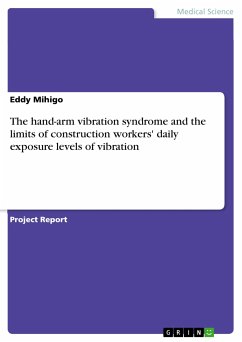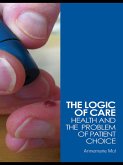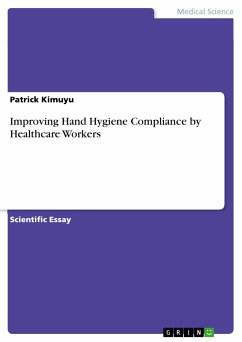Project Report from the year 2010 in the subject Health - Public Health, grade: N/A, University of Botswana, language: English, abstract: This research project is about the Hand-Arm Vibration Syndrome (HAVS) which construction workers suffer from. Are the daily exposure levels of vibration to which construction workers are exposed within acceptable limits? HAVS is a group of symptoms related to the use of equipment and tools that vibrate. Symptoms range from vascular and neurological to musculoskeletal, and affect different parts of the hand-arm system. Vibration is the oscillatory motion of bodies. It is divided into hand transmitted vibration, which is vibration entering the body through hands, and whole-body vibration, which enters the body when it is supported by some vibrating surface. There are over 8 million workers that are exposed to vibration, and as an occupational hazard, it is not given much attention in Botswana and in most parts of the developing world. A quantitative cross-sectional study design was used since there were different groups whose results were compared. The vibrometer was be used to quantify the daily vibration levels in each sample population, and the questionnaire distributed provided additional information as to the presence of symptoms or history of any discomfort resulting from the type of work. The population of interest includes the workers at a construction site within the University of Botswana, and these were divided into 5 groups, each group comprised 2 to 3 workers selected systematically, from whom data was collected depending on the tools available on the construction site. This means that the study population was 15. When one looks at its negative effects on the human body, which range from simple nausea to HAVS, it is safe to say that vibration is not getting the attention it needs. Various technical developments in society have led to an increase in the number and types of sources of vibration to which people are exposed.
Dieser Download kann aus rechtlichen Gründen nur mit Rechnungsadresse in A, B, BG, CY, CZ, D, DK, EW, E, FIN, F, GR, HR, H, IRL, I, LT, L, LR, M, NL, PL, P, R, S, SLO, SK ausgeliefert werden.









